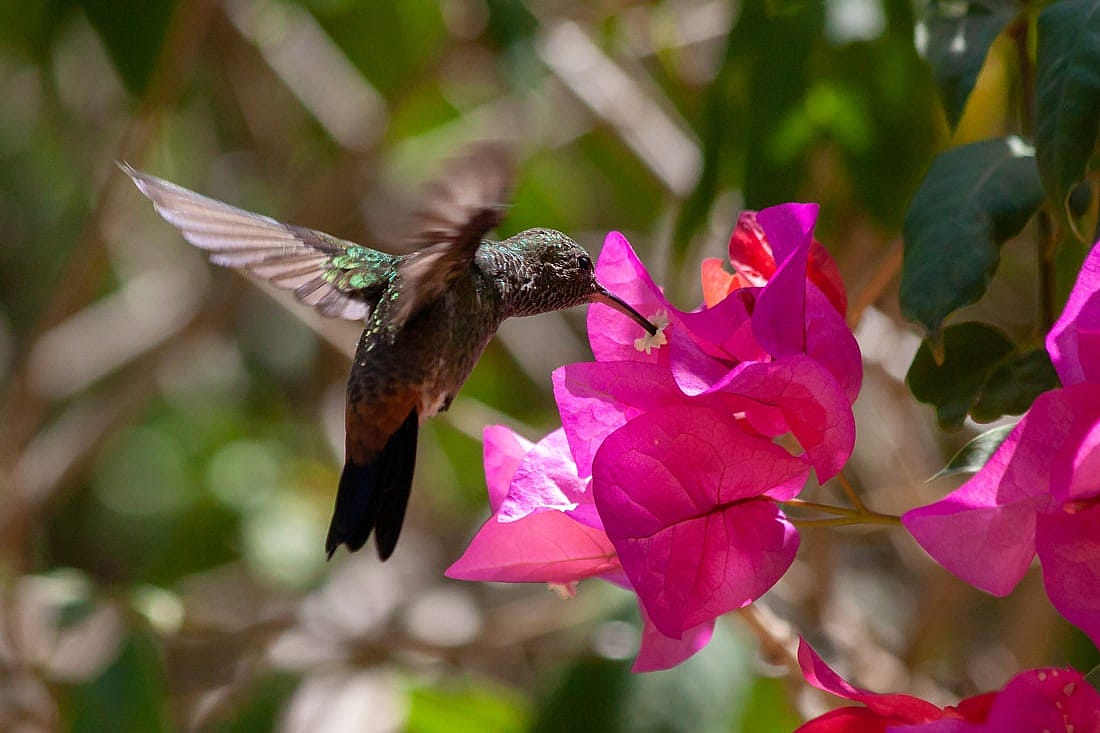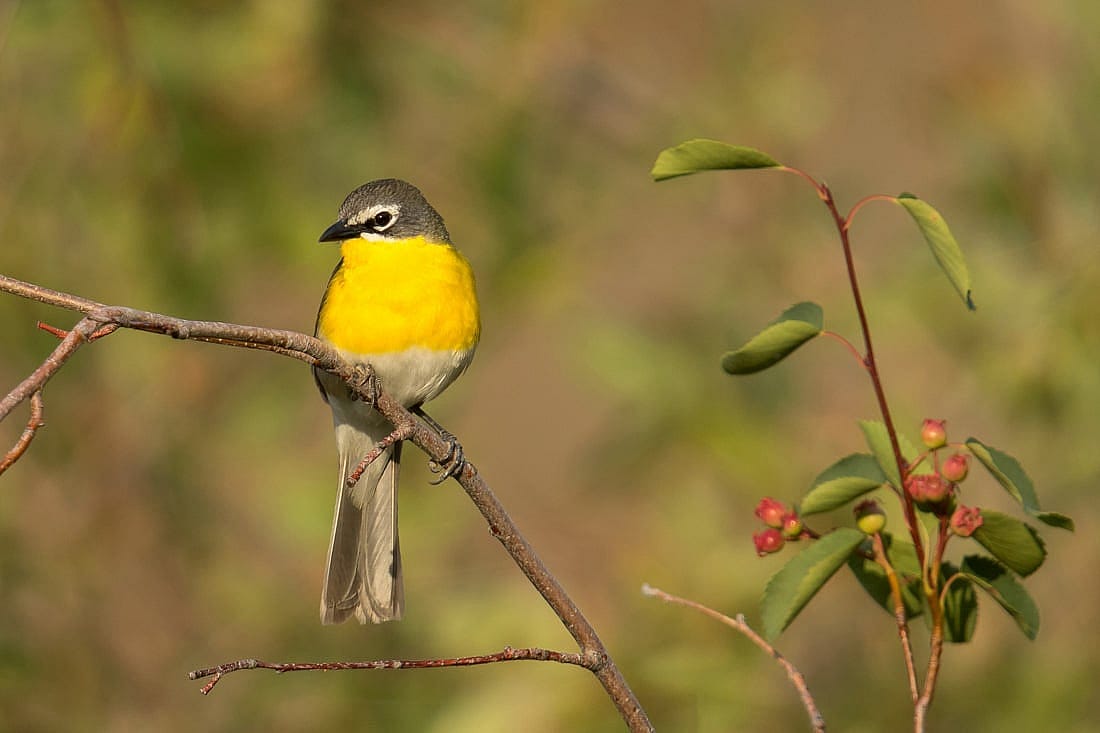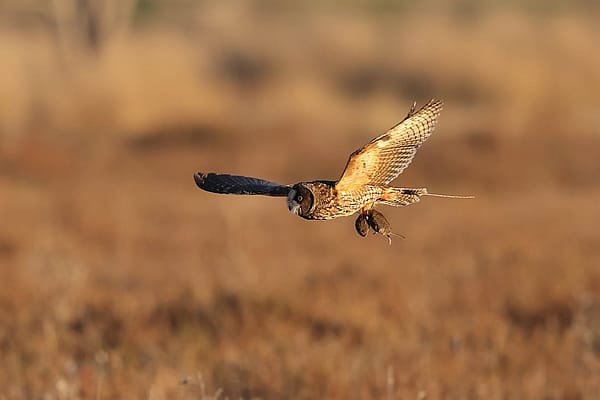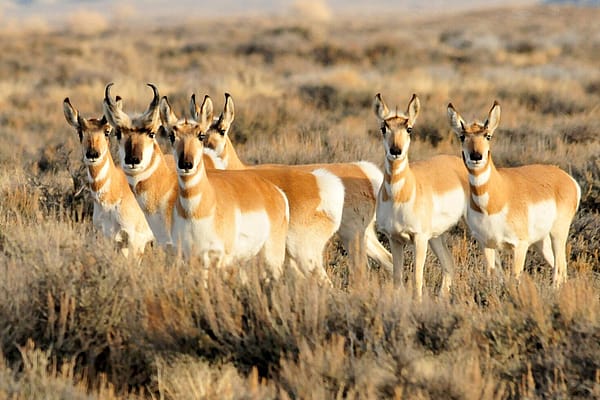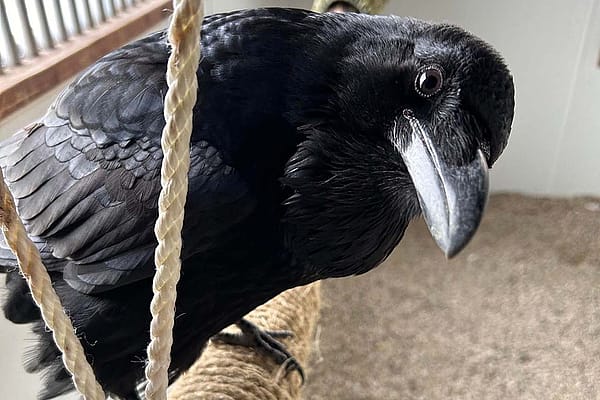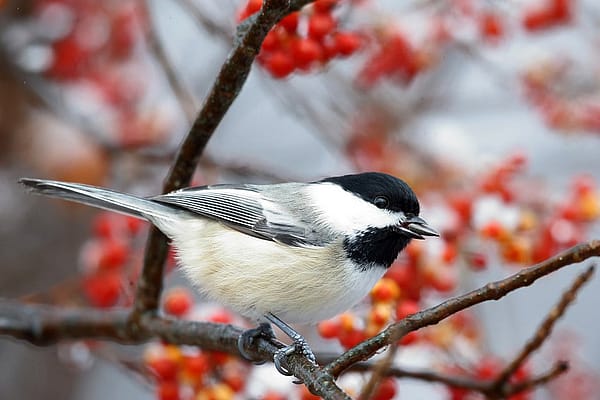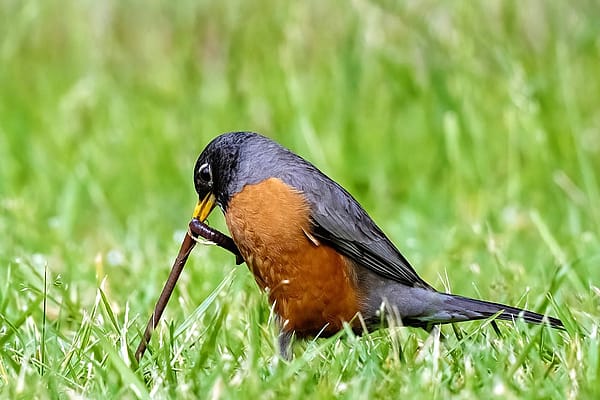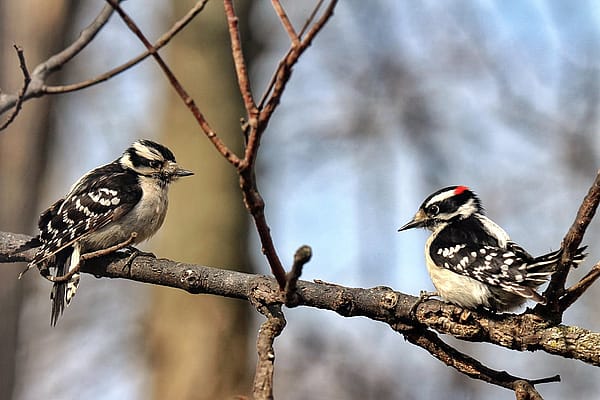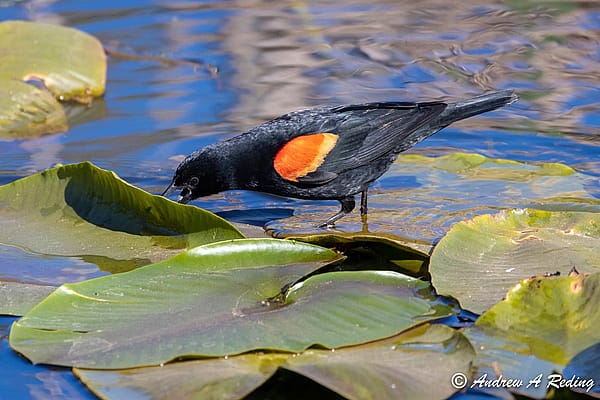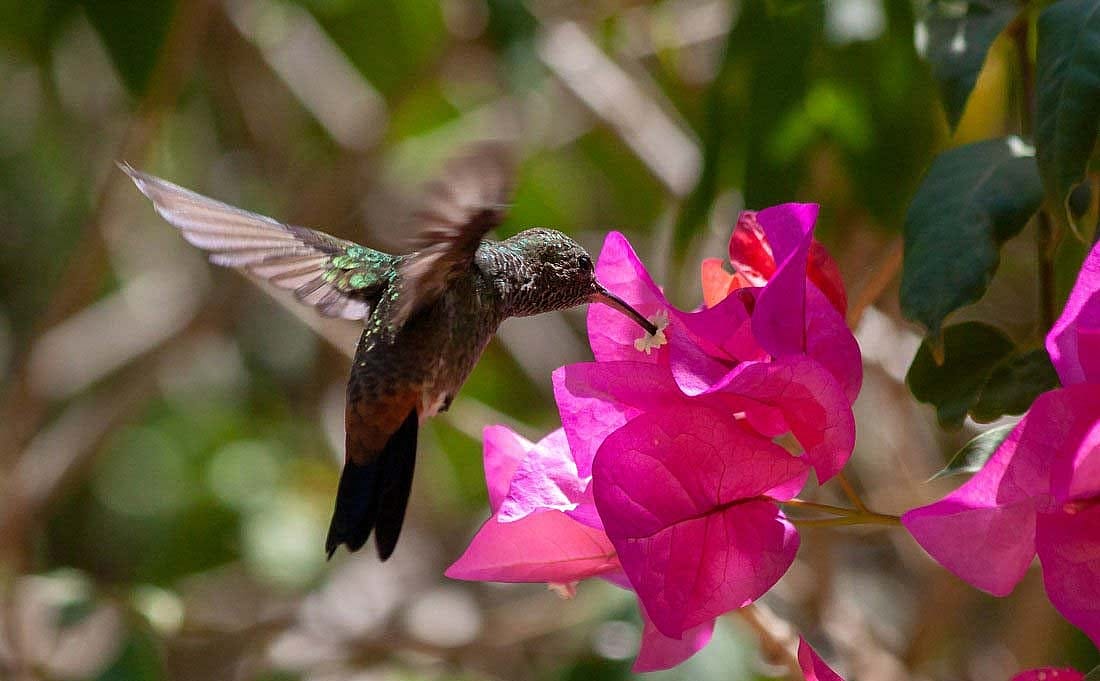
Ultraviolet Vision in the Avian World
Did you know that many birds can see in ultraviolet light? The capability of UV vision was first documented in pigeons in the early 1970s. The National Wildlife Federation states, “With the exception of night-flying birds such as owls, the eyes of most birds probably are even more sensitive to ultraviolet light than they are to what we call visible light.”
Though not duplicating the actual color vision of an animal capable of UV vision, the photo below demonstrates how a UV black light brings out the fluoresce that may be seen if you had UV vision.
The function of UV vision in birds is unknown, however, there are a number of plausible hypothesis such as aiding them in foraging for food and choosing mates. Although it is not known if all raptors can see in UV, we know American kestrels and rough-legged hawks have this capability. How would this be an advantage? Small mammals such as mice and voles leave trails of urine as they move about. Kestrels and rough-legged hawks are both raptors that prey on small rodents. Urine trails reflect ultraviolet light, with the freshest trails reflecting a higher UV fluorescence than older trails. To kestrels and rough-legged hawks, these trails may glow a bright yellow, helping them to locate their prey, as well as highlighting hunting areas with high prey densities.

As some fruits ripen their UV reflectance increases. So the UV intensity of ripe fruit may signal to birds that berries are ready to be eaten. Evidence from insect research shows that many flowers have UV-reflectant markings on them. Many pollinating insects, such as bees, have UV sight. These florescent UV markings on flowers may help to guide these insects into the blooms. These flower signals may also aid hummingbirds in their search for nectar.
A study of 98 songbird species in Europe found that the eggs of hole-nesting birds had more UV reflectance than in other types of nests. The study’s hypothesis suggests that UV sight may help the parents to see their eggs more clearly. Scientists are also investigating whether UV signals may play a role after eggs hatch. There are a number of bird species that seem to feed their chicks more equally than other species. Falcons are a good example of this. It is as though they are able to discern which chicks are more in need of a feeding than others. One theory is that the parents recognize and understand the difference between a full crop (expandable portion of the esophagus that stores food for short periods) and an empty one. But color may also be a factor. Some researchers suggest UV color may enhance the brightness along the edge of the mouth or the head of a young chick. Spanish researchers have discovered the heavier, older European Roller chicks in the nest have less UV-reflective forehead patches than the lighter, younger chicks. Studies showed that the chicks with a higher UV signal were fed more than those without.
Other research indicates that many songbirds have plumage colors with strong UV components which may be used as signals for sexual communication. A bird with UV vision may see a difference in genders, even when the male and female feather patterns and coloration look the same to the human eye. The Audubon Society gives the example of a male yellow-breasted chat. When we view chats we see a yellow breast. When potential mates or rivals see the male chat, however, they also see ultraviolet feathers on his chest, which would be a hue that differentiates the male from the female. The Audubon relates, “This theory was proven in another study in which taxidermied male and female chats were set up in the wild to see how their living equivalents would react. The males, staying true to their territorial nature, attacked the stuffed male chats and tried winning over the fake females.” The chats were seeing something that the researchers couldn’t when deciding who to court and who to challenge.
So how is it possible for birds to see in ultraviolet? The human eye contains three types of photoreceptors, known as cones, which allows us to see red, green, blue, and their different combinations. Birds have these same three types of cones, plus one more cone type that allows them to see ultraviolet. Birds also have colored oil droplets in their cones that act like special filters, allowing them to perceive even more colors than humans do.
It is difficult for us to imagine what it would be like to have UV vision added to our rods and cones, and we will probably never really know. Birds are not the only animals that have ultraviolet vision. Ultraviolet sensitive vision is widespread in the animal world. With modern technology and further research, we will gain an even better understanding of UV vision, what animals have it, and how it aides many different species in the wild.
Photo Credits:
Kestrel eye by Josh More, Attribution-NonCommercal-NoDerivs 2.0 Generic license, https://www.flickr.com/photos/guppiecat/
Northern saw-whet owl outstretched wing under blacklight, by Seabrook Leckie, Attribution-NonCommercal-NoDerivs 2.0 Generic license, https://www.flickr.com/photos/rustyblackbird/
Salem, one of the birds living at the Draper Museum Raptor Experience was downloaded from the DMRE’s Facebook page, https://www.facebook.com/DraperMuseumRaptorExperience/
Feeding hummingbird by Stig Nygaard, Attribution 2.0 Generic license, https://www.flickr.com/photos/stignygaard/
Peregrine falcon feeding one-week old chicks, By Bureau of Land Management Oregon and Washington, Attribution 2.0 Generic license, https://www.flickr.com/photos/blmoregon/16984285494/
Yellow-breasted Chat by Mick Thompson, Attribution-NonCommercial 2.0 Generic license, https://www.flickr.com/photos/mickthompson
Written By
Anne Hay
Anne Hay has a Bachelor's degree in Elementary Education and a Master's in Computers in Education. She spent most of her working years teaching third grade at Livingston School in Cody, Wyoming. After retiring she began doing a variety of volunteer work for the Buffalo Bill Center of the West’s Draper Natural History Museum. Anne loves nature and has a concern for the environment. She believes that educating the public, so that they will have a better understanding and appreciation for the natural world, is very important. Because of this belief, volunteering at the Center is a perfect fit. She spends time in the Draper Lab, observing eagle nests for Dr. Charles Preston’s long-term research project on nesting golden eagles, writing observation reports of raptor sightings in the Bighorn Basin, and working with the Draper Museum Raptor Experience. Anne states that, “Having a bird on my glove, is one of my all time favorite things in life.”


